13 Things You Might Be Doing Wrong with Potted Tomatoes
Growing tomatoes in containers can be a rewarding experience when done correctly. Many gardeners hope for plump, juicy tomatoes but sometimes make avoidable mistakes. These mistakes can prevent your plants from reaching their full potential. Knowing what to avoid helps ensure a healthy harvest. Paying attention to key details makes all the difference in container gardening success.
This post may contain affiliate links, which helps keep this content free. Please read our disclosure for more info.
Choosing the Wrong Container Size

Using containers that are too small can stunt tomato growth and limit fruit production. Tomato plants need enough space for roots to spread and access nutrients. Small pots dry out quickly, causing stress to the plant. Choosing a container that holds at least five gallons of soil helps tomatoes thrive.
Larger containers retain moisture better and provide stability for heavy plants. They allow roots to develop deeply, which supports healthy fruiting. Shallow containers often lead to weak plants and fewer tomatoes. Investing in the right container size is a simple step toward a better harvest.
Planting in Poor-Quality Soil
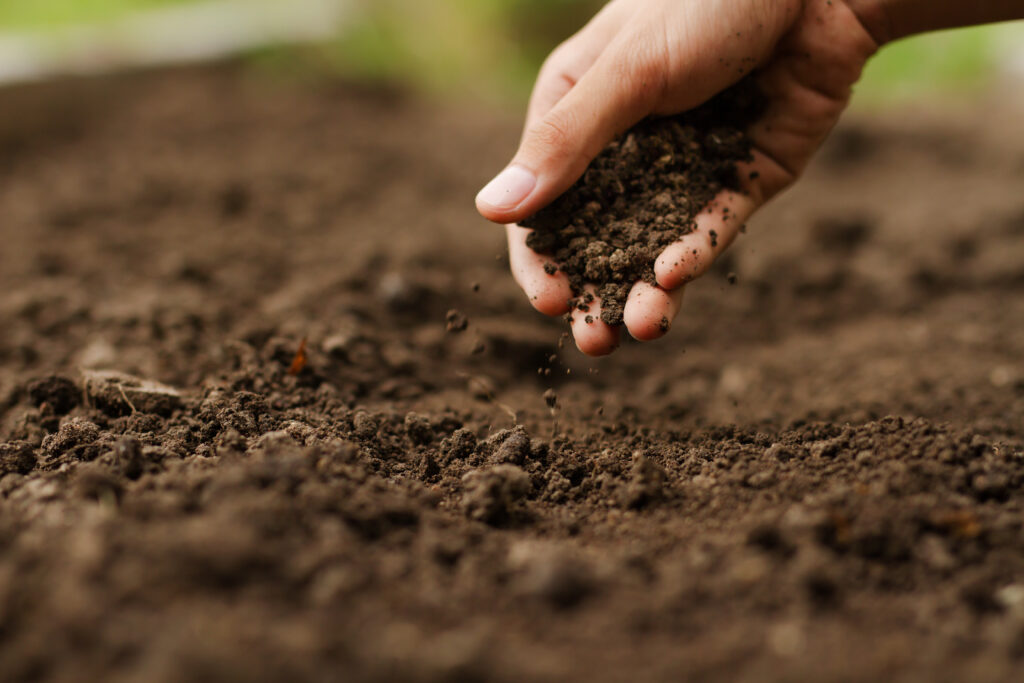
Poor soil can cause weak plants and reduce fruit size. Using garden soil or heavy dirt in containers often leads to poor drainage and compaction. Tomatoes need loose, well-draining soil that holds moisture without becoming waterlogged. A good quality potting mix designed for vegetables is ideal.
Adding organic matter like compost improves soil nutrition and texture. Avoid reusing old soil without refreshing it, as nutrients get depleted over time. Healthy soil supports strong roots and juicy tomatoes. The right soil mix gives your plants a solid foundation.
Overwatering the Plants
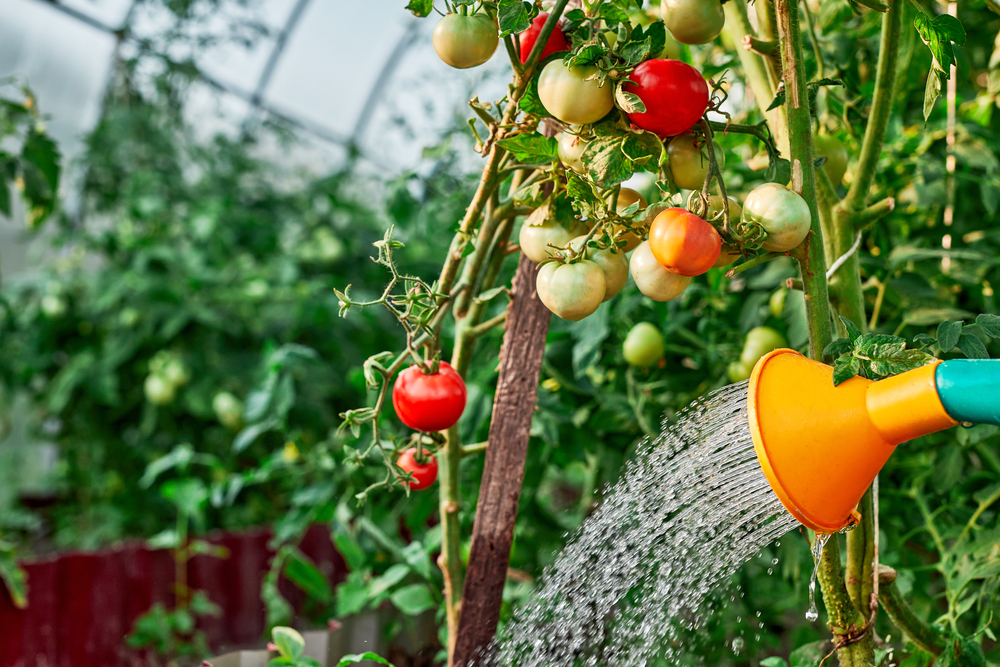
Overwatering can drown roots and cause problems like root rot. It also reduces oxygen availability in the soil, stressing the plant. Tomatoes prefer soil that is moist but not soggy. Checking soil moisture before watering helps prevent excess water.
Too much water can lead to poor fruit development and flavor. It can also increase the risk of fungal diseases. Proper watering schedules encourage deeper root growth and healthier plants. Consistency matters more than frequent soaking.
Underwatering During Hot Weather
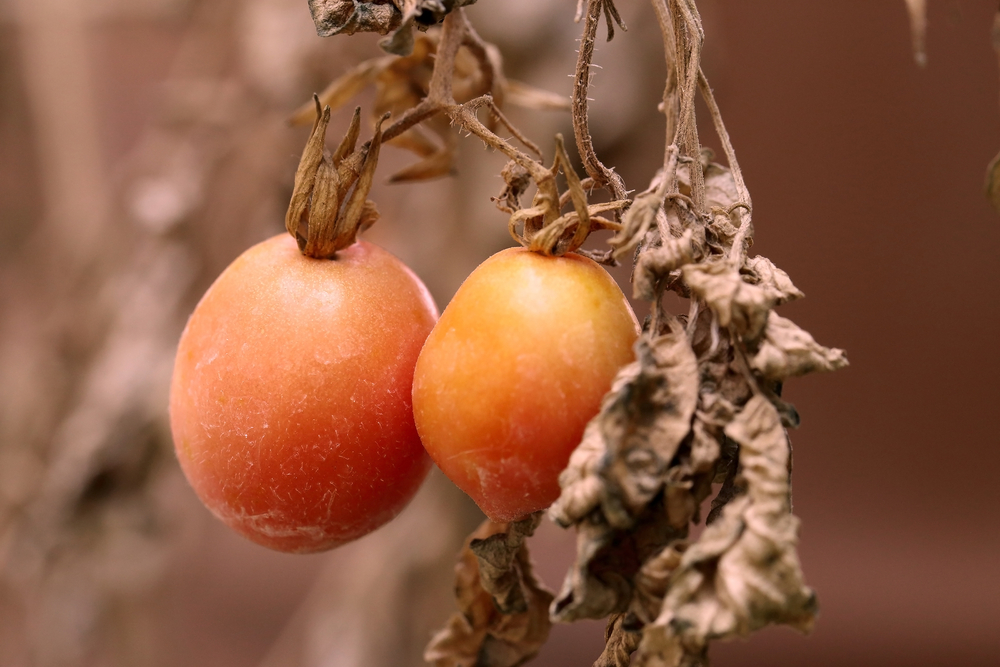
Allowing soil to dry out completely during warm days harms tomato plants. Without enough water, plants wilt and fruit can become small and tough. Container plants are more prone to drying because they hold less moisture than garden beds. Regular watering is essential, especially in heat.
Mulching the soil surface helps retain moisture and keeps roots cool. Using a watering can or drip system makes it easier to control how much water your plants get. Consistent hydration supports juicy and plump tomatoes. Avoid letting your plants suffer from drought stress.
Not Providing Enough Sunlight
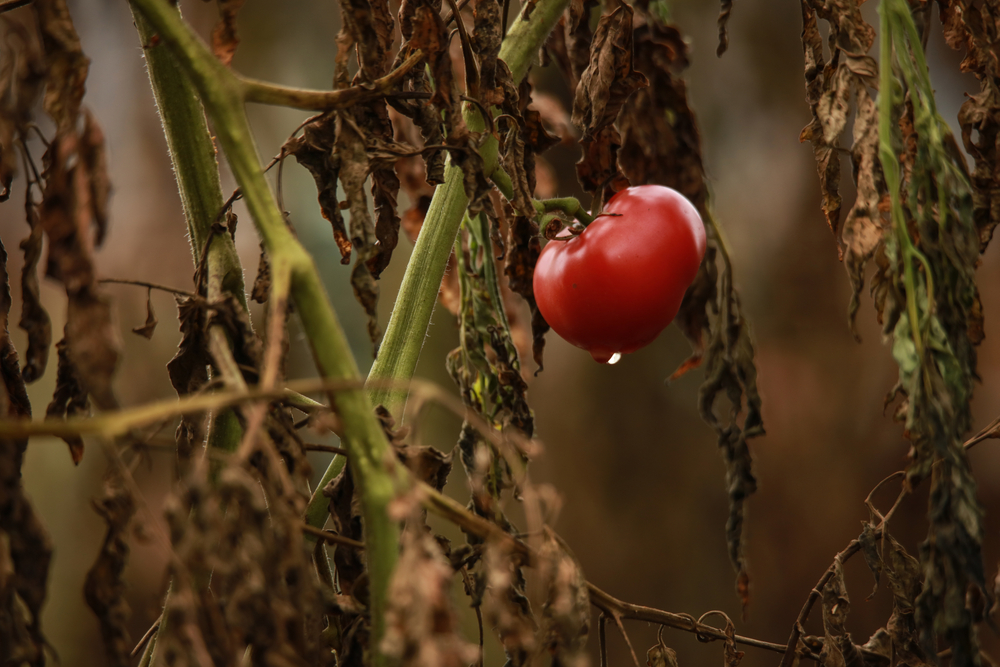
Tomatoes need plenty of sunlight to produce large, flavorful fruit. Containers placed in shady spots often result in spindly plants and poor yields. Ideally, tomato plants should receive at least six to eight hours of direct sun daily. Lack of sun affects photosynthesis and fruit growth.
If space is limited, consider moving containers to sunnier areas throughout the day. Using reflective surfaces can help increase light exposure. Proper light helps plants develop strong stems and rich flavor. Sunlight is one of the simplest but most important factors for success.
Neglecting to Fertilize Properly
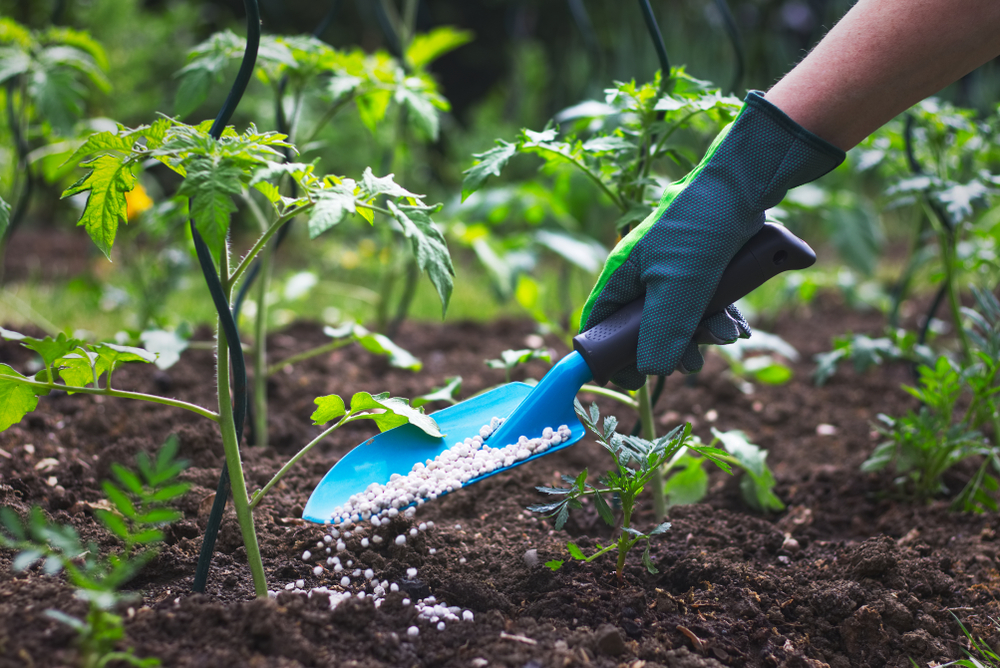
Tomatoes in containers rely on you for nutrients since soil is limited. Not fertilizing or using the wrong fertilizer can cause poor growth and small fruits. Balanced fertilizers with nitrogen, phosphorus, and potassium are important. Overfeeding nitrogen leads to leafy plants with few tomatoes.
Feeding tomatoes regularly with a formula designed for fruiting vegetables encourages healthy development. Organic options like fish emulsion or compost teas work well. Fertilizing supports flowering, fruit set, and ripening. Remember to follow recommended feeding schedules for best results.
Ignoring Pruning Needs

Not pruning tomato plants can lead to overcrowded branches and less airflow. This makes plants more vulnerable to pests and diseases. Pruning helps the plant focus energy on producing bigger fruit instead of excess leaves. Removing suckers (small shoots between main stem and branches) improves fruit size.
Proper pruning also improves light penetration and reduces humidity inside the plant canopy. This helps prevent fungal infections like blight. While some tomato varieties need minimal pruning, most benefit from light maintenance. Taking time to prune leads to healthier plants and better harvests.
Planting Too Early or Too Late
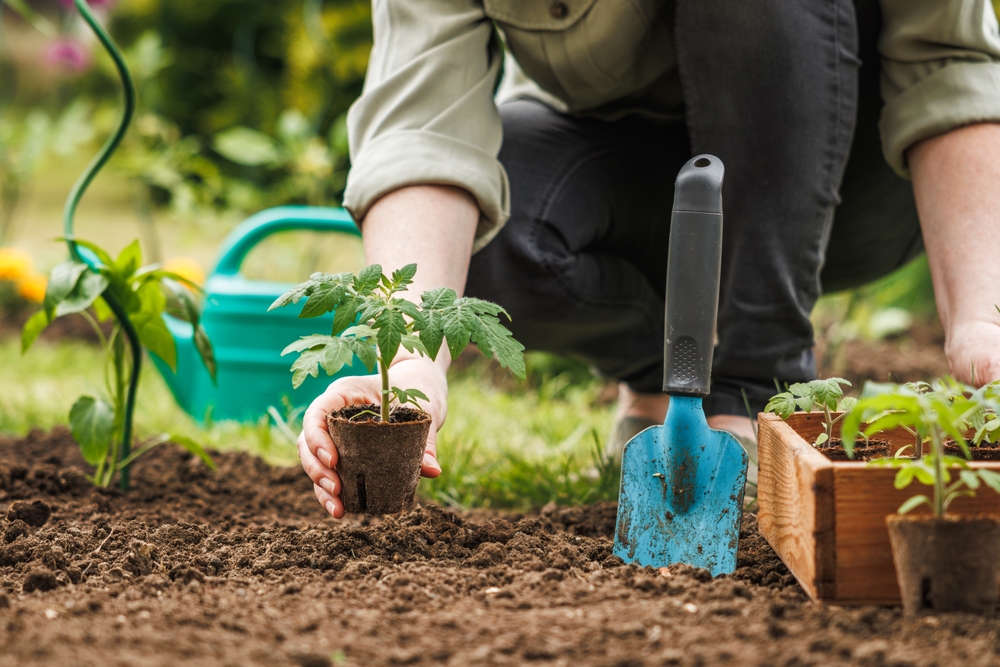
Starting tomatoes too early in cold weather can stunt growth or kill seedlings. Too late planting shortens the growing season and limits fruit size. Tomatoes grow best when temperatures stay consistently above 50 degrees Fahrenheit at night. Timing planting according to local climate ensures plants develop properly.
Using a planting calendar or checking frost dates helps find the right window. Starting seeds indoors can extend the season but requires care when moving plants outside. Proper timing leads to stronger plants and larger tomatoes. Avoid rushing or delaying planting for the best results.
Crowding Plants Too Closely
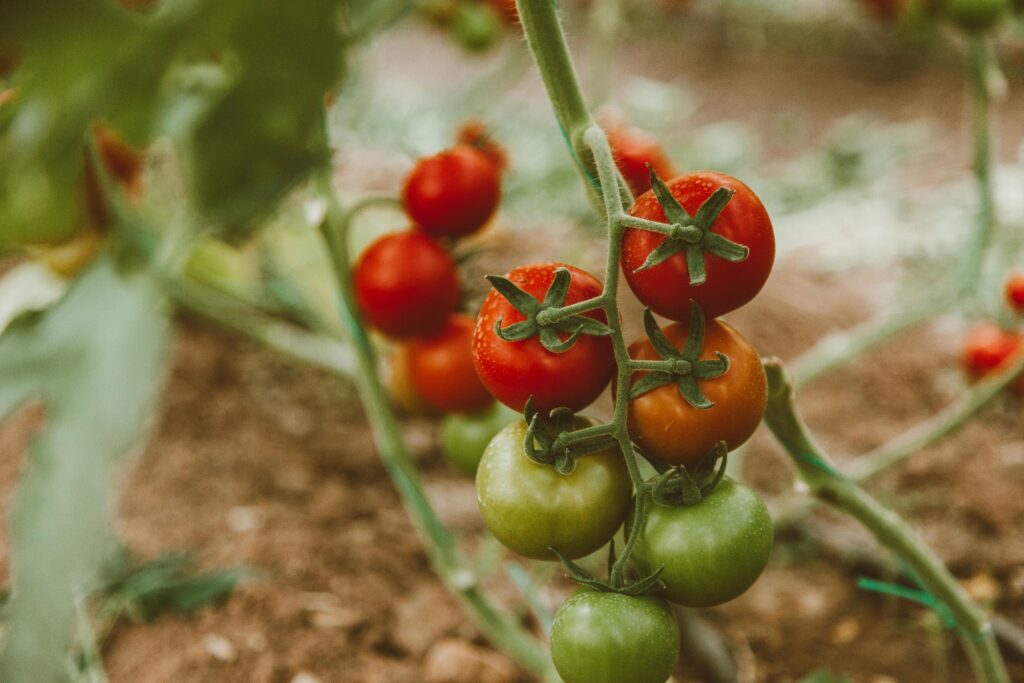
Putting too many tomato plants in one container reduces airflow and space. Crowded roots compete for nutrients and water, which limits growth. Overcrowding increases the risk of disease and can cause smaller fruits. Each tomato plant should have enough room to spread roots and leaves.
Spacing plants according to container size helps keep them healthy. For most container tomatoes, one plant per five-gallon pot is recommended. Giving each plant enough space supports vigorous growth. This simple step prevents many common growing problems.
Using Poor-Quality Seeds or Plants
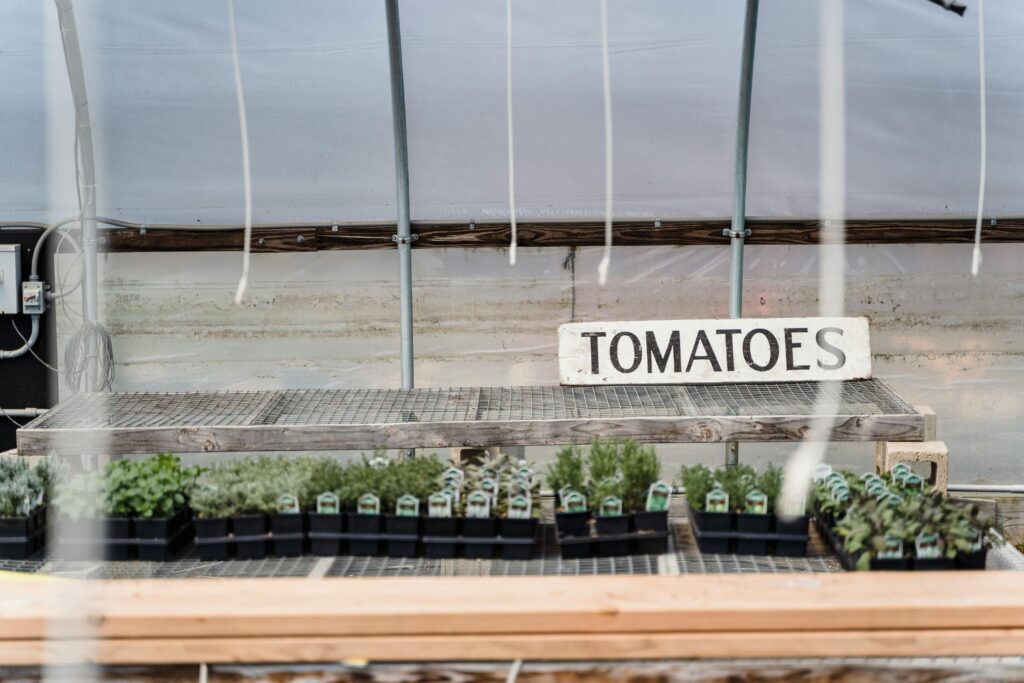
Starting with weak or old seeds reduces your chance of a good tomato crop. Similarly, buying unhealthy starter plants can lead to poor results. Choosing strong, disease-resistant varieties improves your chances of success. Always check seed packets or nursery plants for quality.
Healthy plants show vibrant leaves and no signs of pests or disease. Certified seeds from trusted suppliers produce better germination rates. Taking time to select good seeds or plants saves frustration later. Starting well is key to growing juicy tomatoes.
Neglecting to Support Plants
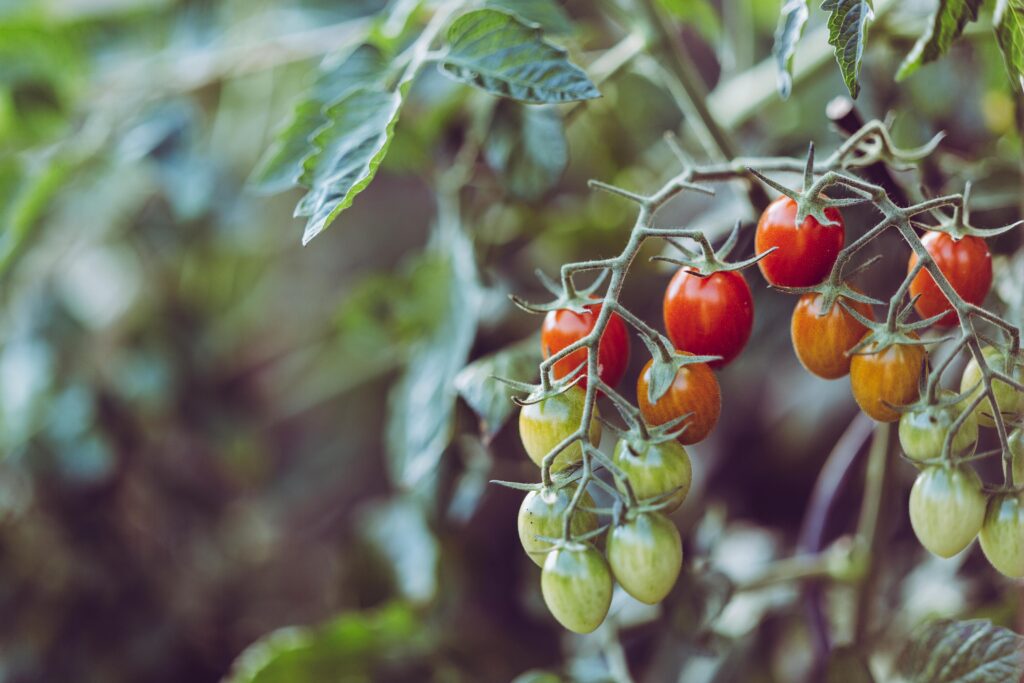
Tomato plants grow tall and need support to keep stems upright. Without stakes or cages, branches can break under the weight of fruit. Unsupported plants can also spread on the ground, increasing disease risk. Using supports helps maintain plant shape and promotes better fruit development.
Tie stems gently to stakes or cages as plants grow. This keeps fruit off the soil and improves air circulation. Well-supported plants tend to produce larger and healthier tomatoes. Support is an easy way to protect your investment.
Failing to Monitor for Pests and Diseases
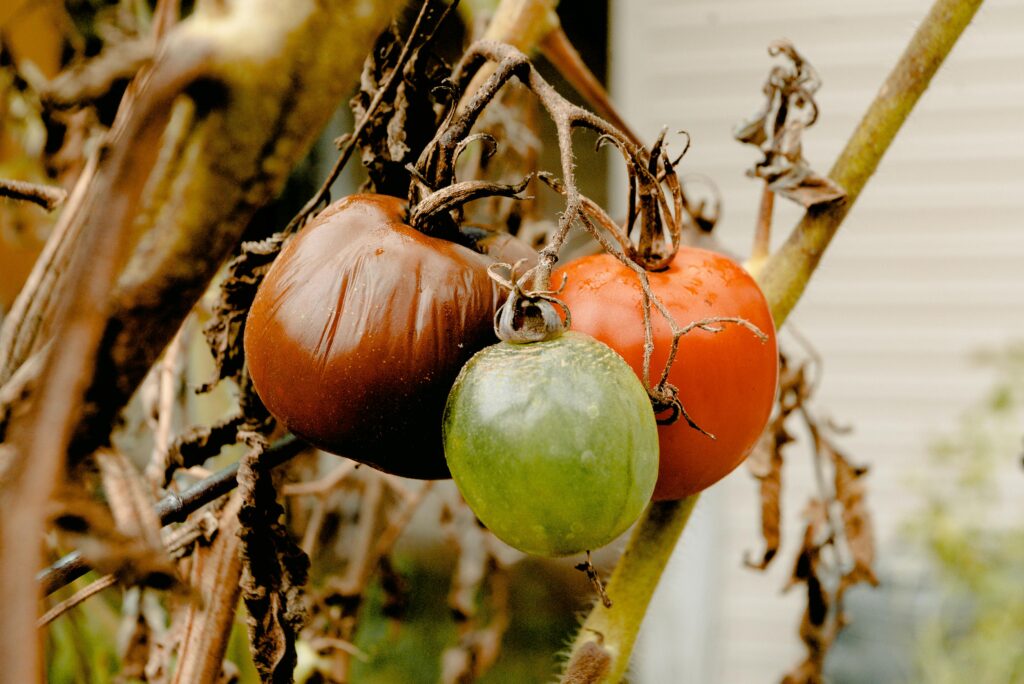
Ignoring pests and diseases allows problems to worsen quickly. Common tomato pests like aphids or hornworms damage leaves and fruit. Diseases such as blight can destroy plants if left untreated. Regularly inspecting plants helps catch issues early.
Using organic controls or safe treatments keeps plants healthy. Removing affected leaves or pests can save a whole crop. Preventive care makes growing tomatoes easier and more successful. Staying attentive helps your plants stay strong and fruitful.
Forgetting to Rotate or Refresh Soil

Using the same soil in containers year after year can lead to nutrient depletion and buildup of pathogens. Not refreshing or rotating soil increases risk of poor plant health. Changing soil or adding fresh potting mix each season keeps plants vigorous. Rotation prevents disease and improves tomato yields.
Adding compost or fresh soil supplements nutrients and improves soil texture. Proper soil care supports root growth and fruit production. Neglecting soil health is a common mistake that limits success. Taking time to refresh soil helps ensure juicy, plump tomatoes.
Avoiding common mistakes is key to growing healthy, juicy tomatoes in containers. Paying attention to soil quality, watering, and plant care will improve your chances of a successful harvest. Small changes in how you manage your plants can lead to bigger, tastier tomatoes. Taking good care of your container garden makes growing tomatoes both enjoyable and rewarding.
This article originally appeared on Avocadu.
